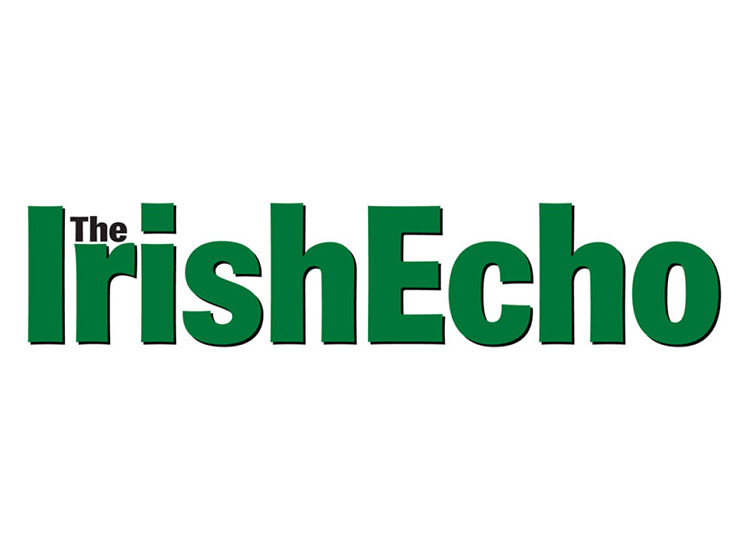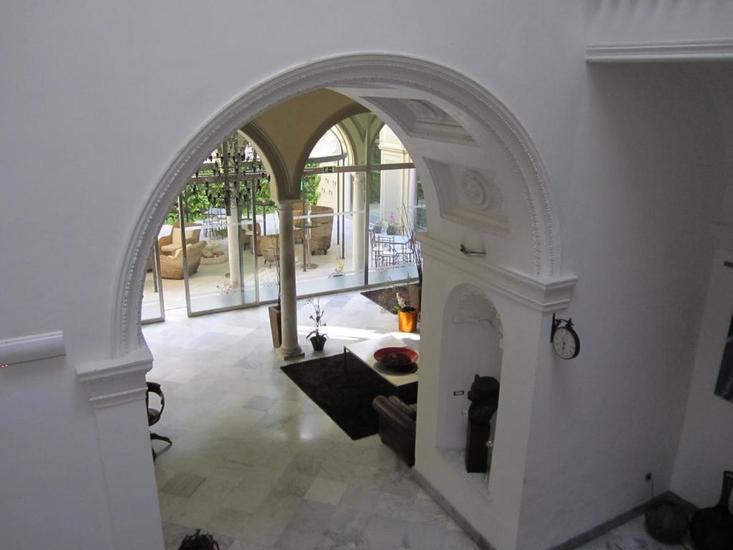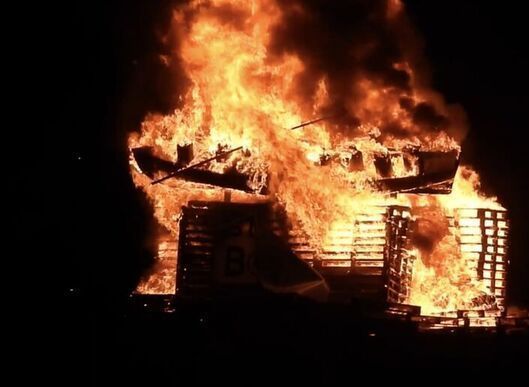Given its diminutive size and history of playing unwilling second fiddle to the English, Ireland has always seemed to punch above its weight in terms of the number of quality writers it has produced. Sure, weekend flights to Dublin might normally be associated with too much Guinness and rather hazy memories, but the city is also steeped in a cultural history its citizens are rightly very proud of. If you’ve only got two days to play with, what can’t be missed?
You could, of course, do both, by signing up for the literary pub crawl. In fact, drink and writing have often been comfortable bed-fellows for the Dublin literati; the tour is an approved bluffers guide to Dublin’s literary history, allowing you to get a ground-level sense of the places where the poets and playwrights sharpened their wits, with architectural wisdom thrown in for good measure.
Tour guide Colm Quilligan ‘quotes at ease from Joyce, Behan, Beckett, Yeats’, and the great advantage of the tour lies in his ability to ‘veer off the mark and into subjects that wouldn’t be covered by the city’s tourist brochures’, according to the Irish Times. The tour includes Toner’s in Lower Baggott Street, allegedly the only pub Yeats ever visited, although, poor Irishman in many ways, he didn’t enjoy the experience much.
You could also retrace Leopold Bloom’s famous day. For the Ulysses anoraks amongst you, the only time to visit is 16th June, ‘Bloomsday’. Renowned as the date Joyce’s everyman hero wandered Dublin’s streets, bought a kidney, eyed up a lovely lass or two and went through other such unremarkable rituals, since 1954 enthusiastic literary pilgrims have been retracing the route. Only possible because of Joyce’s more than meticulous recreation of the city in his magnum opus, hotels in Dublin may be difficult to find around the 16th, so book early!
The Book of Kells, at Trinity College Dublin. Round out your whistle stop holidays over the Irish Sea by killing two birds with one stone: check out the alma mater of most of Dublin’s favourite sons, and see this ancient illuminated gospel, finished by monks in a monastery in Kells, county Meath. The manuscript survived Viking raid to be restored to Ireland, and so holds something of a special place among the affections of Dubliners.
But the nation’s literary superstars have always had an ambiguous relationship with their fair city on the Liffey. Jonathan Swift resented being posted there, James Joyce and Samuel Beckett preferred Paris and Oscar Wilde London, while ‘mad Ireland’ hurt W. B. Yeats into poetry, according to W. H. Auden. The problem has perhaps always been that the great Irish writers refused to appear as typically Irish as others would like, forcing them to skip town for the metropolitan centres.
The issue persists in Dublin’s still-vital written culture today, as tackled by novelist Joseph O’ Connor, who mused, in Cowboys and Indians, that one of his characters had ‘settled into a life of Guinness, sarcasm and late late nights, the kind of life that American academics think real Dubliners lead.’ To be sure.









